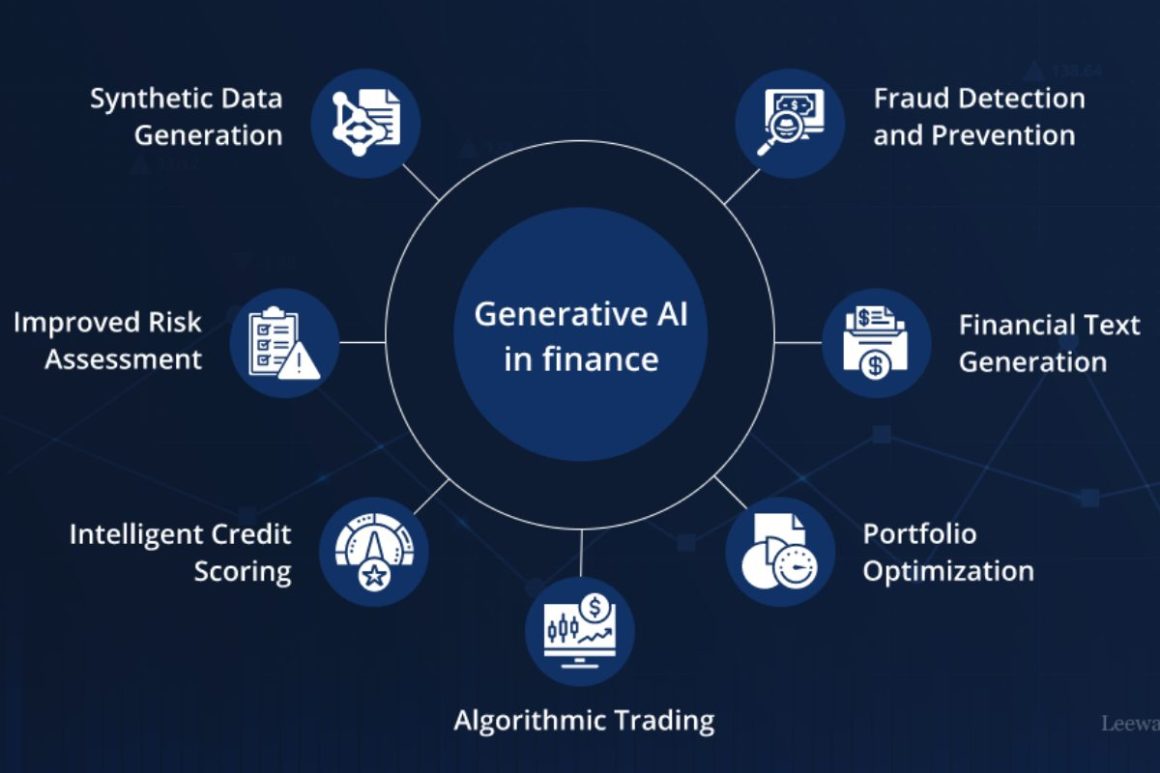Table of Contents
Custom Financial Modeling for ESG Analysis and Sustainability Reporting
Implementing sustainable business practices now determines investment choices and corporate strategies throughout all sectors. Financial modeling for Environmental Social Governance (ESG) analysis enables organizations to monitor their sustainability development. Modern organizations depend on precise data to fulfill their regulatory needs and stakeholder demands. The following guide demonstrates concrete methods for custom financial modeling suitable for ESG assessments.
Revenue Impact Modeling
Revenue modeling helps businesses determine how their sustainable practices modify financial results. Cost savings from energy-efficient operations and waste reduction must appear as part of the comprehensive analysis. Acquiring new market share from environmentally friendly products generates financial advantages for organizations. New sustainable business models through premium pricing develop additional revenue generation potential. Tracking consumer preferences serves to predict upcoming revenue changes. The model must consider regulatory compliance expenses and anticipated carbon tax implications.
Cost Structure Analysis
Sustainable operations demand an initial monetary investment that generates lasting cost reductions in the long run. Replacing energy-demanding equipment with more efficient alternatives creates measurable savings by reducing utility expenses. Waste management enhancements reduce waste disposal expenses and generate new revenue streams from recycling. Social responsibility programs lead to better employee retention performance. Supply chain optimization produces two benefits: it cuts both transportation costs and emits fewer emissions. The model evaluates costs associated with implementation together with lasting cost savings.
Risk Assessment Framework
ESG risks lead to major business operation changes and important financial performance consequences. The changing climate generates physical threats to facilities and their supply networks. New regulatory changes force companies to invest heavily in adjustments or discover prospects for business growth. Social-related challenges negatively affect a brand’s reputation and customer loyalty. The model must generate numerical assessments of potential loss exposures throughout various risk situations. Organizations must perform regular updates that show new developing risks and how existing risks are handled through mitigation strategies.
Stakeholder Value Creation
Financial models produce measurements that evaluate how stakeholders benefit from business activities. Measuring employee happiness results in higher operational productivity and reduced employee turnover rates. Community investment programs create economic advantages for local communities and positive community relationships. Organizations develop better supplier relations by using sustainable sourcing practices. When organizations disclose sustainability information transparently, their customer base stays loyal. This model demonstrates the ability to track fiscal and non-financial value creation metrics.
Performance Metrics Integration
Organizations require measurable benchmarks for monitoring their environmental social governance performance relative to financial objectives. Companies calculate cost savings through their established water usage reduction objectives. Measures of carbon emissions enable companies to establish compliance costs. Achieving waste reduction targets produces metrics that demonstrate operational improvements. Social impact indicators provide measurable evidence about the value community investments create. Periodic monitoring enables organizations to enhance their approaches to reach improved performance goals.
Investment Analysis Framework
Sustainable investments need examinations that balance cost analysis, benefit measurements, and appropriate timing evaluation. Renewable projects deliver clear financial returns when installed in the energy sector because they reduce energy expenses. Building updates create efficiency improvements that produce quantifiable financial benefits. Investments in new technologies result in better ESG data tracking and reporting capabilities. The model needs to examine how different investment choices make an impression.
Reporting and Compliance Tools
Financial models operate to provide different stakeholder groups with accurate report outputs. They manipulate report data with precise indicators while meeting regulatory requirements. Investors depend heavily on comprehensive reports that document sustainability progress. Organizations need their internal teams to receive measurable information to use to make decisions. The technology should collect data automatically and generate reports automatically. Updates need to happen regularly to maintain compliance when requirements change.
Impact Measurement Systems
Business entities require systems that help them accurately measure the concrete effects of their sustainability efforts. Environmental improvement measurements become apparent through decreased resource utilization and reduced environmental emissions. The social impact appears throughout measures that track community well-being. New governance approaches lead companies to achieve superior risk management performance. The model measures ongoing progress through established baseline parameters. Frequent evaluation procedures enable teams to refine approaches that create the most efficient results.
Conclusion
Organizations benefit from customized financial models, which enable them to make better sustainability choices. Proper analysis models deliver transparent financial results and ecological and social performance information. Systematic model updates, together with suitable modifications, guarantee both relevance and performance effectiveness. Organizations that excel at using this method find greater market success while additionally advancing global sustainability objectives.


